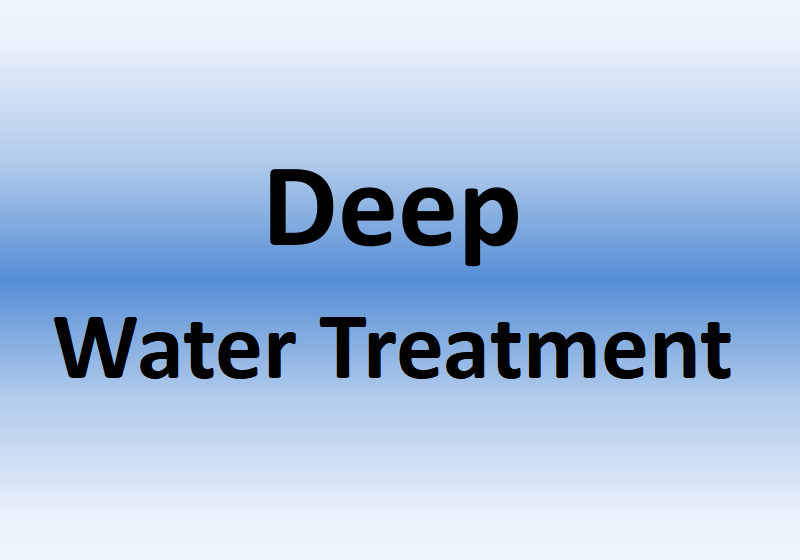Deep Water Treatment 3/4
Deep Wastewater Sewage Water Treatment is also called Advanced Treatment or Tertiary Treatment. It further conducts physical, chemical and biological treatment on the secondary treated water to effectively remove various impurities in the sewage, so as to meet the user's requirements for water quality.
There are several common technologys for Deep Sewage Treatment.
1.Activated Carbon Adsorption and Ion Exchange Wastewater Treatment Technology
2. Membrane Separation Technology
3. Advanced Oxidation Technology
5. Wet Catalytic Oxidation Technology
6. Supercritical Water Oxidation Technology
7. Photochemical Catalytic Oxidation Technology
8. Electrochemical Oxidation Technology
10.Ultrasonic Degradation Technology
7. Photochemical Catalytic Oxidation Technology
At present, the photochemical catalytic oxidation methods that have been studied more are mainly divided into Fenton Reagent Method, Fenton Like Reagent Method and TiO2 Based Oxidation Method.
Fenton reagent method was discovered by Fenton in the 20th century, and now it has been re emphasized as a meaningful research method in the field of wastewater treatment. Fenton reagent relies on H2O2 and Fe2+salts to generate • OH. For wastewater treatment, this reactant is a very attractive oxidation system, because iron is a very rich and non-toxic element, and H2O2 is also easy to operate and safe for the environment. Fenton reagent can destroy toxic compounds such as phenol and herbicide in wastewater.
At present, there are many researches on the application of Fenton reagent in the treatment of printing and dyeing wastewater, and the results show that Fenton reagent is very effective in the decolorization of printing and dyeing wastewater. In addition, the study also proved that Fenton reagent can effectively treat wastewater containing oil, alcohol, benzene series, nitrobenzene and phenol.
Fenton reagent method has the advantages of simple equipment, mild reaction conditions and convenient operation, and has great application potential in the treatment of toxic and harmful organic wastewater that is difficult to be biodegraded. The main problem of the practical application of this method is the high cost of treatment, which is only applicable to the treatment of low concentration and small amount of wastewater. As a pretreatment or advanced treatment method of refractory organic wastewater, it can be combined with other treatment methods (such as biological method, coagulation method, etc.) to better reduce the cost of wastewater treatment, improve the treatment efficiency, and broaden the application scope of this technology.
Photocatalytic method is to induce strong oxidation radical OH by illuminating some semiconductor photocatalysts with energy band structure, such as TiO2, ZnO, CdS, WO3, etc., so that many difficult chemical reactions can be carried out under conventional conditions. TiO2 formed in anatase has the characteristics of high stability, excellent performance and low cost. The latest research carried out worldwide is to obtain improved (doped with other components) TiO2, which has wider absorption spectrum and higher quantum yield.
8. Electrochemical Oxidation Technology
Electrochemical oxidation, also known as electrochemical combustion, is a branch of environmental electrochemistry. Its basic principle is to oxidize organic matters under the action of electro catalysis on the electrode surface or free radicals generated by the action of electric field. In addition to the complete oxidation of organic substances to CO2 and H2O, electrochemical oxidation can also be used as a pretreatment process for biological treatment to convert non biocompatible substances into biocompatible substances after electrochemical conversion. This method has high energy utilization rate and can be carried out at low temperature; The equipment is relatively simple, with low operation cost and easy automatic control; No secondary pollution.
#QDEVU #WATERTREATMENT #WASTEWATERTREATMENT #SEWAGEWATERTREATMENT #DEEPTREATMENT #ADVANCEDTREATMENT #TERTIARYTREATMENT



